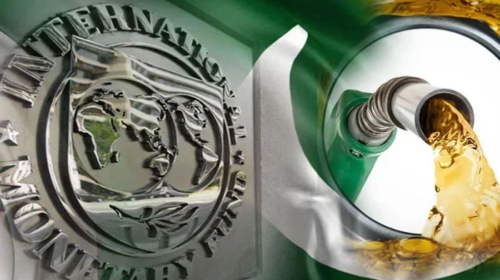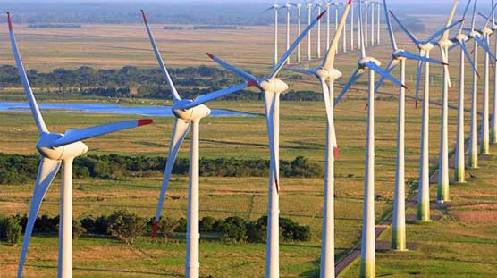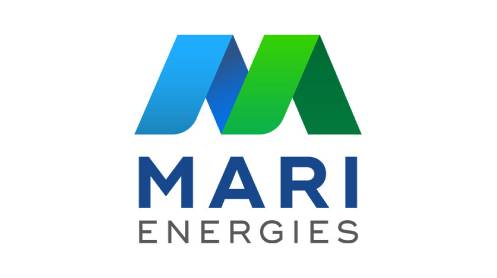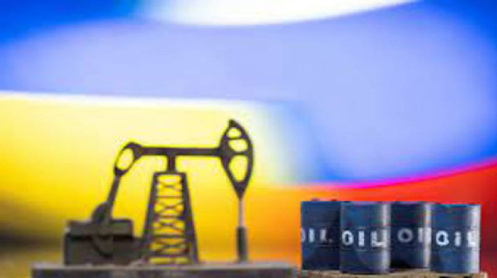The International Monetary Fund (IMF) has estimated that Pakistan requires Rs1,416 billion in subsidies for keeping the POL prices unchanged on an annual basis at the prevalent existing prices in the international market, so Islamabad will have to reverse fuel subsidies for achieving fiscal prudence.
On electricity, the government requires subsidy of Rs139 billion on per annum basis. The IMF raised objections over breach of continuous performance criteria under the $6 billion Extended Fund Facility (EFF) where Islamabad was bound that it would not “impose or intensify import restrictions for balance of payments purposes”.
Under the performance criteria, it was agreed that during the program period, Pakistan will not impose or intensify restrictions on the making of payments and transfers for current international transactions, introduce or modify multiple currency practices (MCPs) excluding though MPCs arising from the introduction and/or modifications of the multiple-price foreign exchange auction system operating in line with IMF staff advice with the objective of supporting flexible market-determined exchange rate, conclude bilateral payment agreements that are inconsistent with Article VIII of IMF Articles of Agreement; and impose or intensify import restrictions for balance of payments purposes.
The sources said that the IMF raised objections over the move to ban on import of luxury items as the government publicly announced that it would help reduce import bill by $4 to $6 billion on per annum basis. The World Trade Organization (WTO) and the IMF opposed moves to restrict trade and create any kind of distortions in trade regime.
There is a defined criteria for placing temporary restrictions for those countries facing severe balance of payment crisis. The IMF also objected that the government moved ahead just prior to the initiation of scheduled talks with the Fund mission and preferred to move ahead without proper consultations. “The government has agreed to hike POL and electricity prices in staggered manner and hiking of POL products and electricity prices will be finalized during the policy level discussions between Minister for Finance Miftah Ismail and IMF mission chief talks in Doha (Qatar) next week,” top official sources confirmed while talking to The News on Friday.
On the cash bleeding power sector, the government is considering to hike power tariff for all those consumers who are using electricity units of more than 300 units on monthly basis. The full cost of recovery from the users of over 300 units is under consideration but the government is contemplating upon options to reduce political cost attached with the implementation of this proposal, said the official.
For the revival of stalled $6 billion program of the IMF, Pakistan has been left with no other options but to hike the POL and electricity prices because the fiscal prudence did not allow continuation of unfunded subsidies for next fiscal year. The government will have to placed a targeted subsidy for selected segments of the society.
According to the sources, Dr Abid Qaiyum Suleri, Executive Director SDPI, made a presentation before the Macro-Economic Advisory Group during the tenure of last PTI led government in its meeting held on February 17, 2022 which was vetoed by then ministers on political grounds and then granted approval to the blanket subsidy on POL products and electricity on February 28, 2022. It resulted into creating a fiscal hole of Rs118 billion on the existing pricing in May 2022.
The Ministry of Finance sources said that the ED SDPI Dr Abid Suleri in its proposal stated that the increasing prices of petrol, as well as the growing demand pressures on a restricted supply chain, are resulting in high inflationary impacts for lower-income and low-middle income earners.
To provide relief, the Government of Pakistan is supplying subsidized petrol and often turns down the OGRA proposals for an increase in fuel prices. However, a section of media and opposition parties don’t recognize this gesture. There is another angle to this situation.
In Pakistan, 15 million motorcycles (and tri-wheelers) consume 35-40 percent of petrol. It implies that almost half of the government’s subsidized petrol is being used by consumers who may afford it at higher prices.
To provide maximum relief to the motorcycle/tri-wheeler drivers, he stated it is proposed to provide them cash subsidy whenever the petrol price goes beyond a certain threshold for a fortnight, using Ehsaas Ration Raayat programme mechanism.
Following are the key objectives of the scheme: a) Effective use of petroleum subsidy b) Improve the purchasing power of targeted beneficiaries to buy petrol. c) Reduce any room for foul play and ensure transparency.
Mechanism: Under the scheme, targeted beneficiaries would be paid cash subsidy through Ehsaas/Ehsaas plus card whenever the petrol prices go beyond a certain threshold for a fortnight (This threshold should be determined in consultation with the Ministries of Petroleum and Finance). The subsidy would be directly transferred into the bank accounts of the consumer following the mechanism of the Ehsaas Ration Program.
How will it work? Eligibility: All motorbike/tri-wheeler owners are eligible for this direct transfer programme, provided their monthly income falls below a certain threshold (Threshold to be determined in consultation with BISP). CNIC would be key for this purpose. Target beneficiaries can check their status of eligibility by texting their CNIC number at 8171.
Information of motorbikes registered against any CNIC would be available through the vehicle registration department (excise and taxation), while the well-being score of CNIC holders will be available through national socio-economic registry at BISP. Only one motorcycle/rickshaw would get a cash subsidy if more than one motorcycle/triwheelers are registered against a CNIC. The consumers who are previously not eligible for an Ehsaas Programme like for eg. government employees, will be able to apply for the Petrol Kafalat Program.
The amount allowed will be calculated based on the average fuel consumption permissible for subsidy for each household. For e.g. (this can be finalized in consultation with the petroleum ministry) cash amount equivalent to 2 tank fills for a motorcycle of 125cc, 1.5 full fills for a motorcycle of 70cc, and three full fills for a rickshaw driver per fortnight may be eligible for subsidy. The consumer will pay full price at the petrol stations, the amount of calculated subsidy will be transferred directly to the bank account. The government would still have the option not to pass on the full OGRA recommended fuel rates to consumers, so that the owners of vehicles below 1000cc may be protected against fuel price hike, he concluded.





